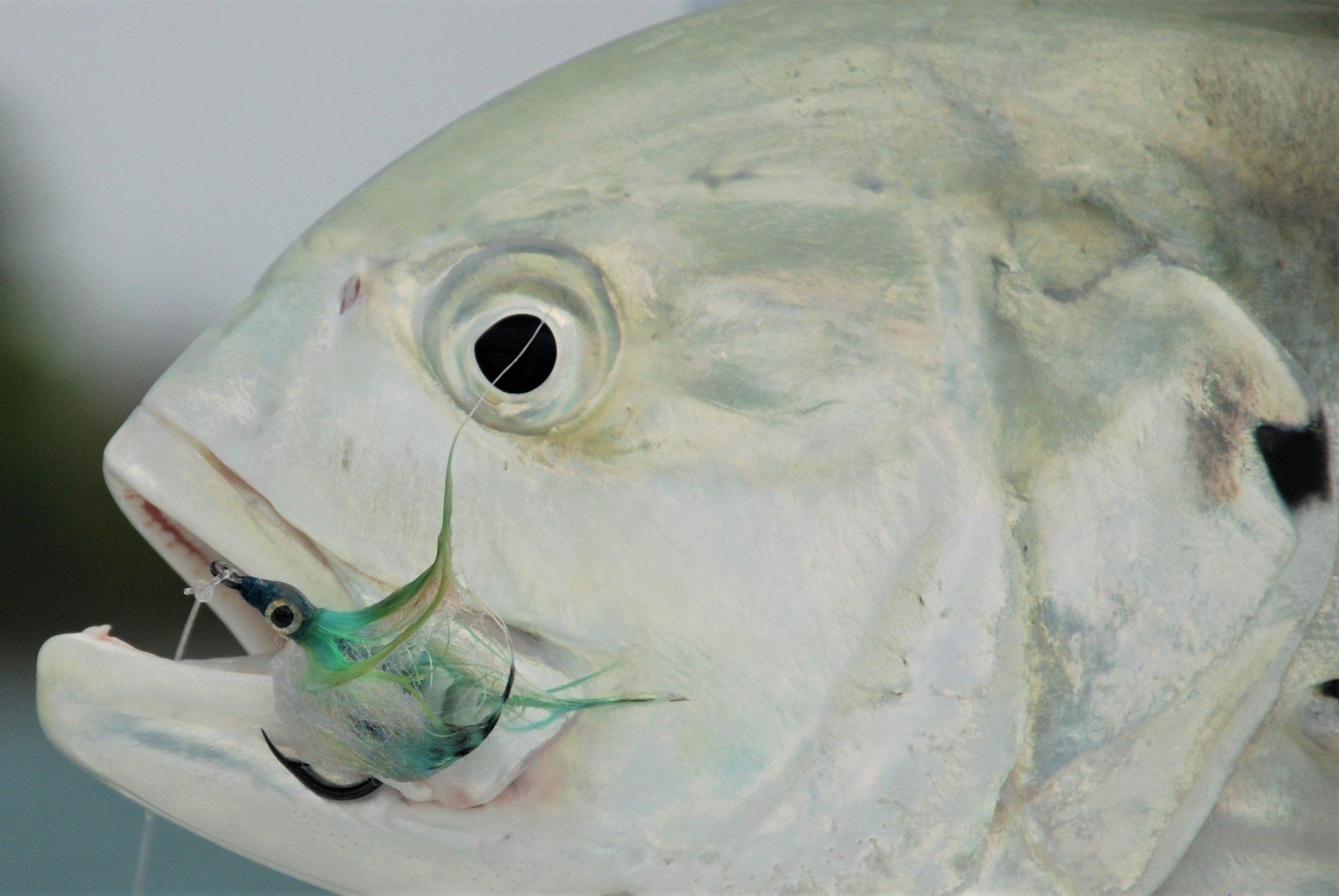
Belize

Belize is a country on the eastern coast of Central America. It is the only country in Central America whose official language is English, though Belizean Creole and Spanish are also commonly spoken. Belize is bordered on the north by Mexico, on the south and west by Guatemala and on the east by the Caribbean Sea. Its mainland is about 290 kilometres (180 miles) long and 110 kilometres (68 miles) wide.
With 22,8000 square kilometres (8,800 square miles) of land and a population of 347,369 (as of 2015), Belize has the lowest population density in Central America.
Belize is a small but ecologically very diverse nation. Much of the coast is covered by mangrove forest which provides important protection from storms and erosion. Inland, much of Belize consists of tropical rain forest. Victoria Peak, in the Maya Mountains, is the highest point at approximately 915 metres (3,000 feet). Along the coast of Belize are nearly a thousand islands, locally called 'cayes', as will as three of only four coral atolls in the western hemisphere.
The Belize Barrier Reef is a series of coral reefs straddling the coast of Belize, roughly 300 metres (980 feet) offshore in the north and 40 kilometres (25 miles) in the south within the country limits. The Belize Barrier Reef is a 300 kilometre (190 mile) long section of the 900 kilometre (560 mile) Mesoamerican Barrier Reef System, which is continuous from Cancun on the north-eastern tip of the Yucatán Peninsula through the Riviera Maya and up to Honduras, making it the second largest coral reef system in the world after the Great Barrier Reef in Australia. It is Belize's top tourist destination, popular for scuba diving and snorkeling and attracting almost half of its approximately 260,000 annual visitors. It is also vital to the country's fly fishing.
Belize is a mecca for those interested in saltwater fly fishing; this exceptional fishery can be experienced all year long and the abundance of game fish species guarantees excellent sport. In general, the Belizean guides and boatmen have English as their first language so learning where and what to fish will not be a problem.
The estuaries, inlets and mouths to the many Belizean rivers are known for their tarpon, snook and jacks. The lagoons and grass flats are known for the bonefish, permit and barracuda. The coral reefs support grouper, snapper, jacks and barracuda while the deep blue waters are home to sailfish, marlin, bonito and pompano.
Belize's abundance of terrestrial and marine species and its diversity of ecosystems give it a key place in the globally significant Mesoamerican Biological Corridor.
Belize also has a diverse society, composed of many cultures and languages that reflect its rich history.
The local currency is the Belize dollar which is pegged to the US dollar at two Belizean dollars for one US dollar. US dollars are readily accepted in Belize.
FISHING PACKAGES IN BELIZE
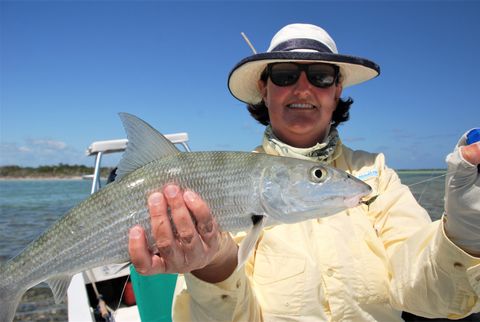
Belize
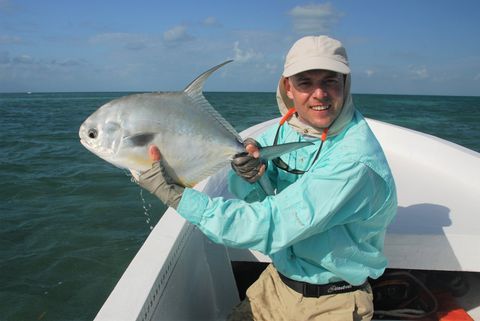
Belize
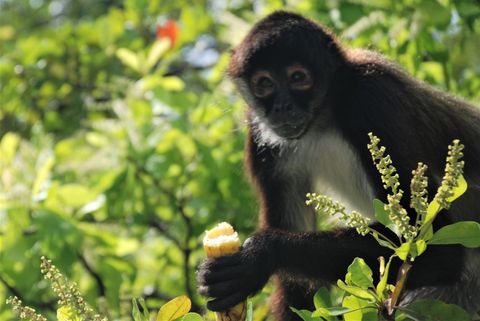
Belize
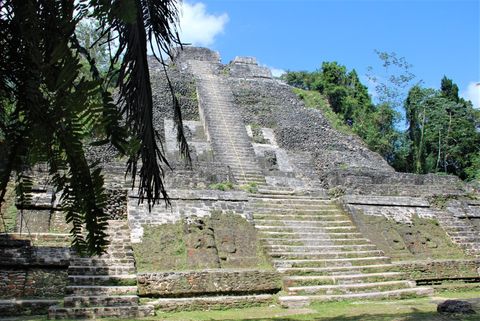
Belize



